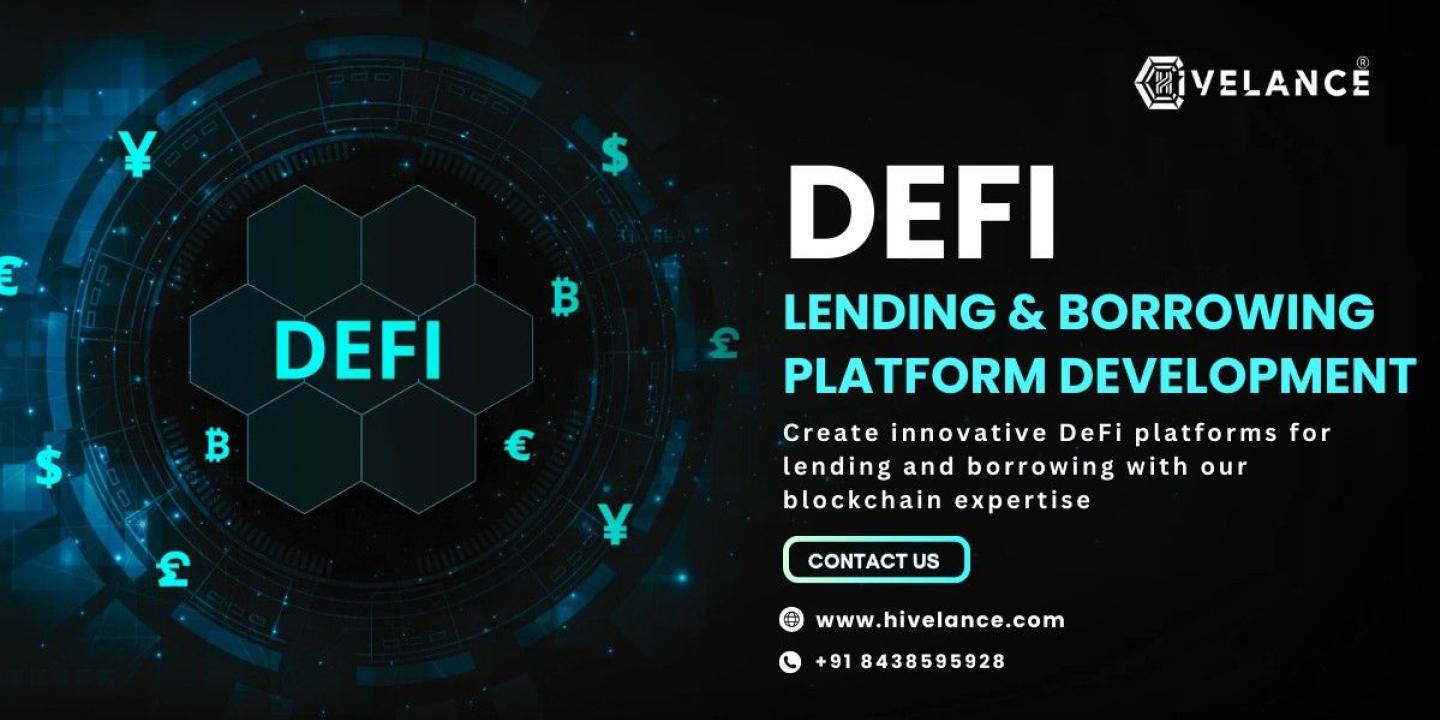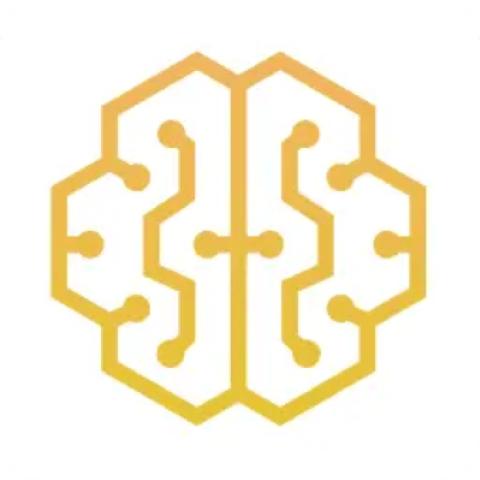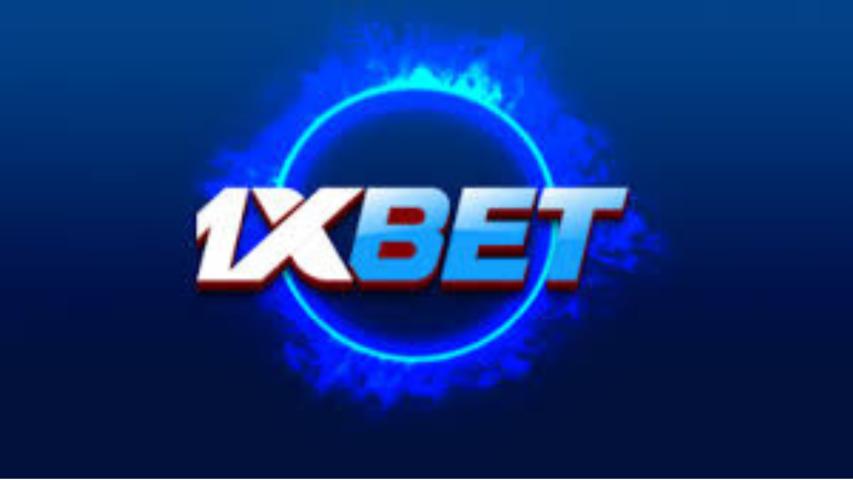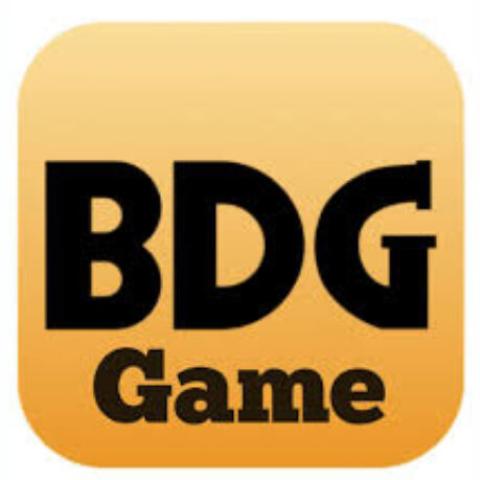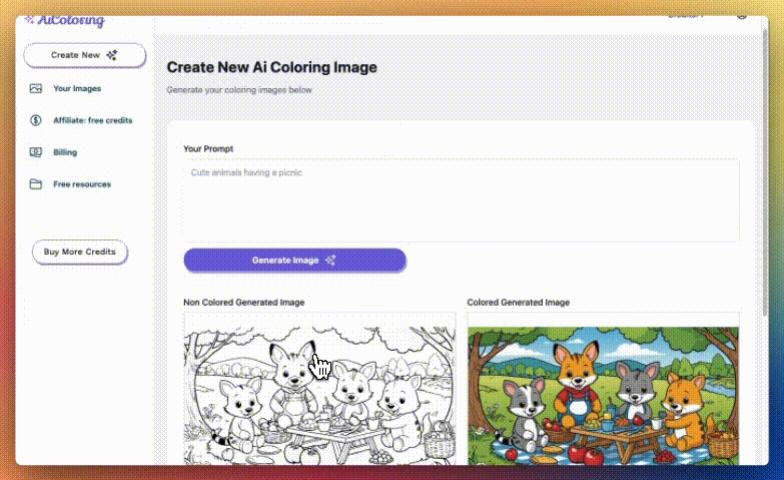Developing a DeFi Lending and Borrowing Platform: A
Comprehensive Guide
Decentralized Finance (DeFi) has revolutionized the
financial sector, making lending and borrowing more accessible, transparent,
and efficient. However, building a DeFi lending app can be challenging,
particularly for those with limited experience in decentralized application
(dApp) development. This guide explores the essentials of DeFi lending and
borrowing platform development and highlights how businesses can tap into this
growing industry.
Understanding DeFi Lending and Borrowing Platforms
A DeFi lending and borrowing platform enables users to lend
or borrow funds, including cryptocurrencies, in exchange for interest. The
entire process is powered by smart contracts, which automate transactions and
ensure accuracy without the need for intermediaries. These platforms offer
borderless, permissionless financial services, attracting millions of users
worldwide.
By leveraging open-source DeFi protocols, these platforms
provide innovative solutions for lenders and borrowers, giving them access to
features like interest earning, flexible loan terms, and secure transactions.
Businesses entering this domain can capitalize on the billion-dollar DeFi
market by creating feature-rich and user-friendly platforms.
Core Components of a DeFi Lending and Borrowing Platform:
To build a successful DeFi platform, several technical and
functional elements must come together:
ERC20 Token Development
Creating a custom ERC20 token is essential for enabling
transactions, rewarding users, or acting as a collateral asset.
Smart Contracts
The backbone of any DeFi platform, smart contracts handle
processes like loan approval, interest calculations, and fund transfers
automatically.
Crypto Wallet Integration
A DeFi platform must support popular crypto wallets or have
a custom-built wallet for seamless transactions and fund management.
Frontend and Backend Development
User-friendly interfaces and robust backend systems are
critical for smooth platform operation and scalability.
Liquidity Pools:
These ensure sufficient funds are available for lending and
borrowing, enhancing platform reliability and efficiency.
Benefits of DeFi Lending and Borrowing Platforms:
DeFi platforms bring numerous benefits to users and
entrepreneurs:
Decentralization: Eliminate intermediaries, reducing
costs and improving access to financial services.
Transparency: Blockchain technology ensures all
transactions are traceable and immutable.
Automation: Smart contracts streamline processes,
minimizing human intervention and errors.
Instant Access to Loans: Borrowers can secure loans
quickly without lengthy approval processes.
Flexibility: Adjustable loan terms and repayment
options cater to diverse user needs.
Global Reach: Platforms can operate without
geographical restrictions, making financial services accessible worldwide.
Support for Multiple Currencies: Both fiat and
cryptocurrencies can be integrated into the platform.
Features of a Robust DeFi Lending and Borrowing Platform:
A well-designed DeFi platform must include the following
features:
Smart Contracts: Ensure automated, error-free
execution of transactions.
User Dashboards: Provide lenders and borrowers with
easy access to account information and management tools.
DeFi Wallets: Allow secure storage and seamless fund
transfers.
Liquidity Pools: Maintain platform stability by
ensuring funds are readily available.
High Security: Protect user assets with advanced
security protocols, such as encryption and multi-factor authentication.
How Does DeFi Lending and Borrowing Work?
Lending Process:
·
Lenders deposit funds or crypto assets into the
platform.
·
Smart contracts verify the lender’s assets and
make them available for borrowers.
·
Transactions are recorded on the blockchain for
transparency and future reference.
Borrowing Process:
·
Borrowers request loans by providing collateral
in the form of crypto assets.
·
Smart contracts validate the borrower’s request
based on pre-set criteria.
·
Once approved, the borrower receives the funds.
·
After repaying the loan with interest, the
borrower regains access to their collateral.
Examples of Popular DeFi Lending Platforms:
Aave: A leading open-source DeFi lending protocol
using liquidity pools for lending and borrowing.
Compound: Allows users to earn interest and borrow assets
against collateral on the Ethereum blockchain.
Maker: Known for its DAI stablecoin, Maker offers
robust lending and borrowing features.
Why Invest in DeFi Lending Platforms?
Building a DeFi platform offers significant advantages for
businesses:
Scalability: Once developed, platforms require
minimal maintenance and can handle a growing user base effortlessly.
Revenue Potential: Earn through transaction fees,
interest, and other innovative business models.
Community-Driven Growth: DeFi platforms thrive on
user participation, reducing business operational burdens.
Market Demand: As DeFi gains traction, the demand for
reliable lending and borrowing platforms continues to rise.
Why Choose Hivelance For DeFi Lending and Borrow Platform
Development?
We are a trusted leader in DeFi development, specializing in
creating innovative Defi lending and borrowing platforms tailored to your
unique business needs. Our team of blockchain experts ensures the timely
delivery of robust and scalable solutions, integrating advanced features for a
seamless user experience. With extensive experience in building platforms like
Aave, Compound, and Maker, we bring technical expertise and industry insights
to every project. Whether you're a startup or an established enterprise, we
offer end-to-end support to help you succeed in the competitive DeFi
space—partner with us to launch a secure, user-friendly platform that stands
out in the decentralized finance ecosystem.
